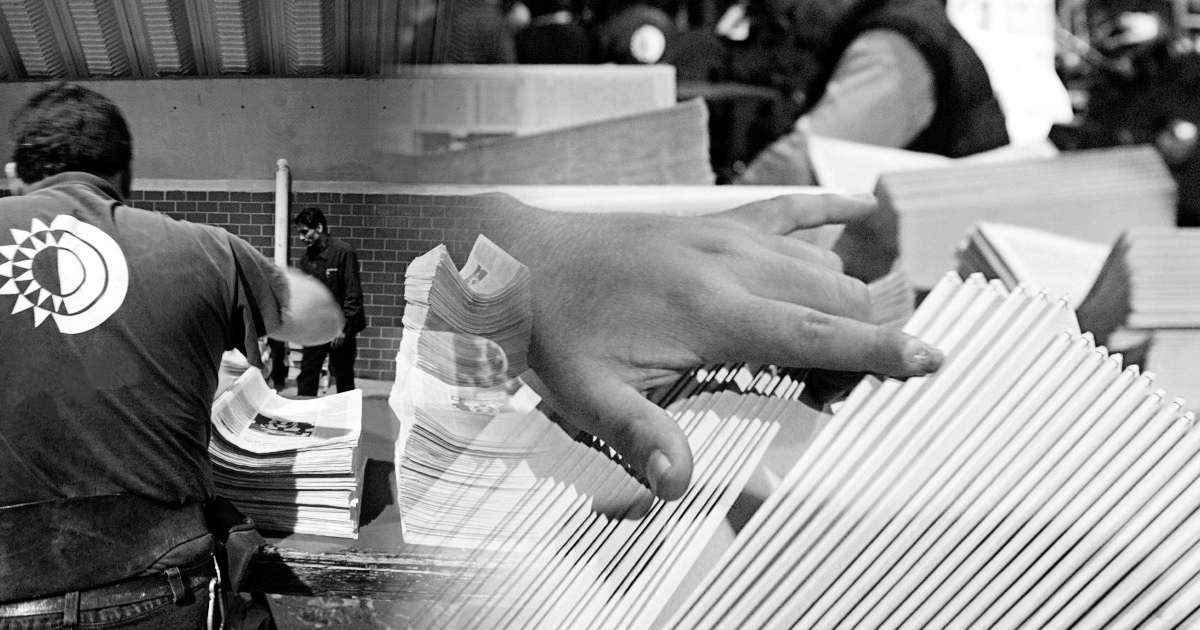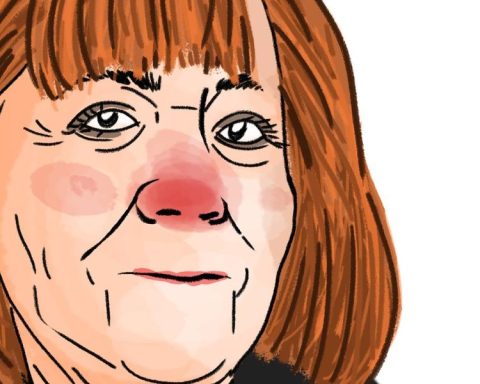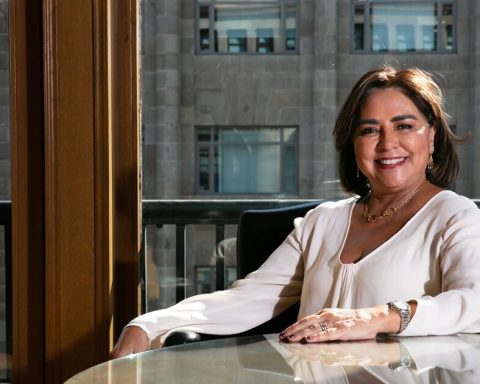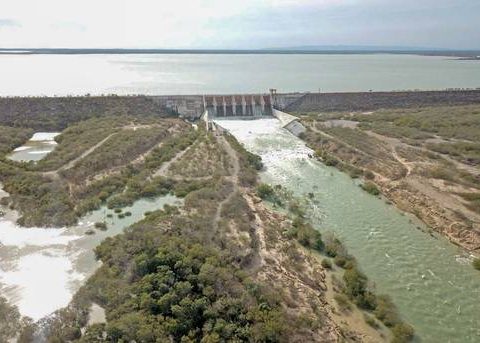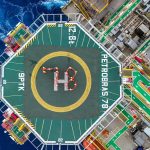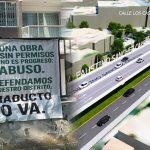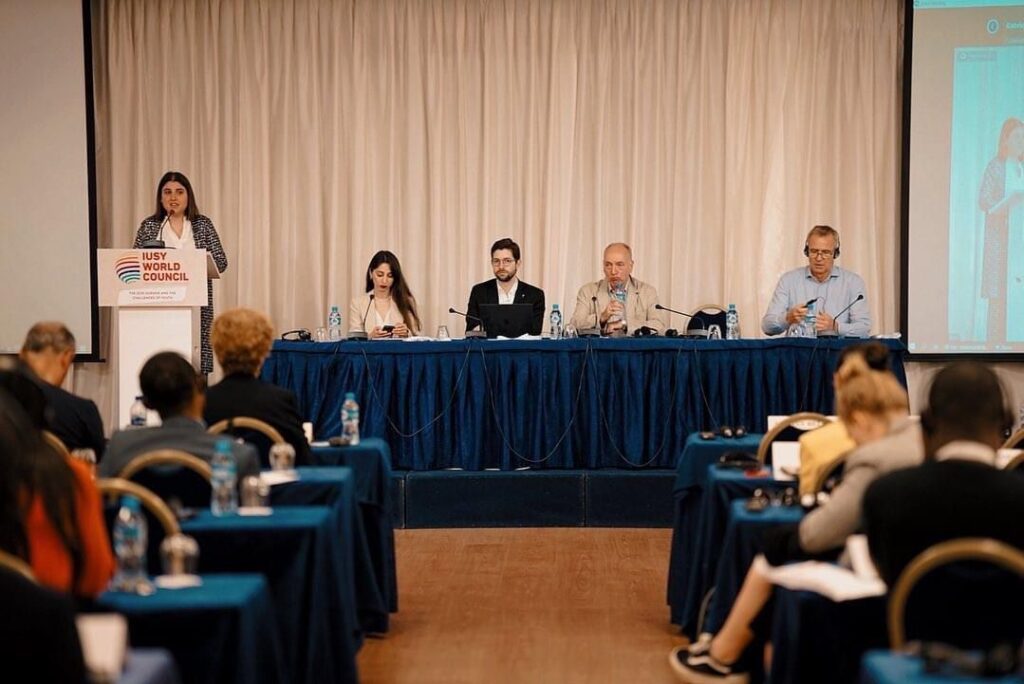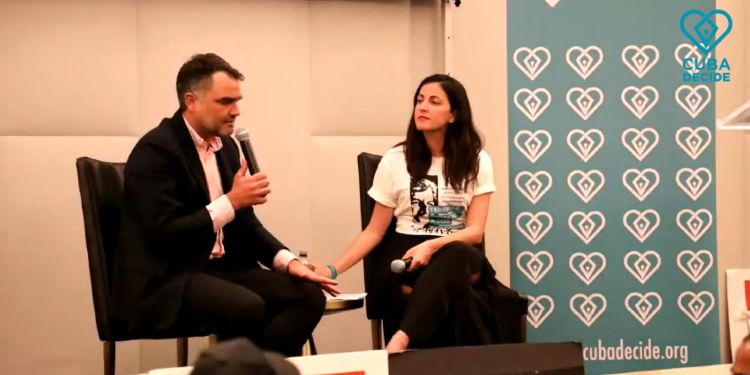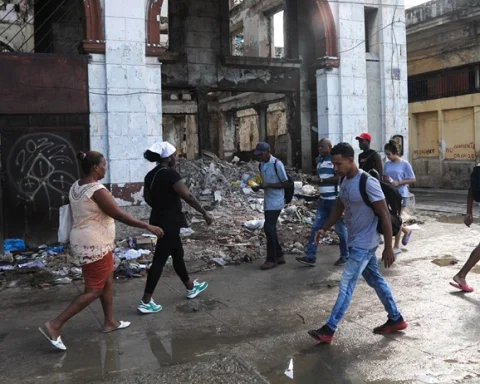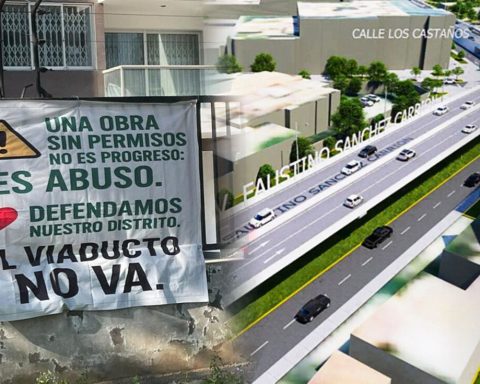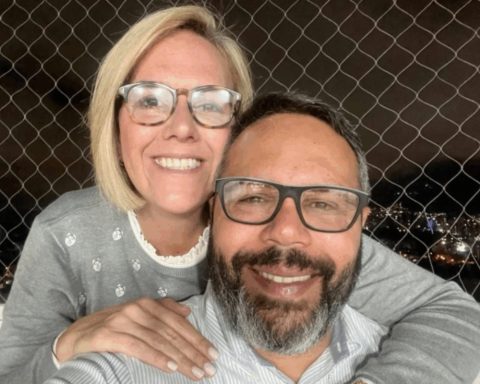L
on the afternoon of June 10, 1971, summoned by the fighting committees of the UNAM and IPN schools, more than 10,000 people gathered to participate in the demonstration that began at the National School of Biological Sciences of the Cop, in the Casco de Santo Tomás, and headed towards the Avenida de los Maestros, where on two occasions it was intercepted by grenadiers, who finally cleared the way to one side of the National School of Teachers. The march continued towards the Mexico-Tacuba road (prolongation of San Cosme), where hundreds of individuals were barricaded, later we learned that they were the hawksready to attack and detain those who went to the front with blows and bullets.
The demonstration was surrounded because there were trucks of grenadiers in Melchor Ocampo (today the Internal Circuit) and in the vicinity of the Military College. In the action, hundreds of students were shot, dozens killed by bullets fired by both the hawks as by agents stationed on the rooftops of the Metro and other buildings. A real hunt.
National and foreign journalists covering the march were also attacked; In addition to beating many, they took away their cameras and photographic rolls so that there would be no trace of the massacre. Despite this, some photojournalists, taking many risks, evaded the police and paramilitaries, and obtained irrefutable photographic testimonies of the criminal actions that the Luis Echeverría government ordered that afternoon. How not to remember Héctor García, Armando Salgado, Roberto Sánchez, Enrique Bordes Mangel and Antonio Reyes Zurita. What they captured is the heritage of collective history and an indelible testimony of those tragic events.
my experience Both my brother Edmundo and I decided to participate in the demonstration. He arrived early and joined the Economics contingent that led the march. I arrived through San Cosme Avenue and had barely passed Melchor Ocampo when I noticed the presence of groups of strange people; they were young and some not so young, who were obviously not students.
I walked one more block and arrived at the corner of Lauro Aguirre, there they began to obstruct the path of those of us who wanted to meet the march that we assumed had already advanced a few blocks. Then I heard confused screams. And suddenly the attacks against those we wanted to join, the hawks they chased us They ran in an organized manner, like platoons or commandos, they beat us up and some of them carried bamboo sticks and other weapons.
Shots were heard at various points. With a partner I ran looking to protect ourselves and a neighbor put us up. Apparently, the gentleman painted landscape paintings for his sale. He told us that it was not convenient for us to go out because the shooting had increased. Isidoro, the colleague with whom I entered that apartment, remembering October 2, said that it could be tanks with which they were firing. Our anguish grew and we left the apartment.
In the immediate vicinity there was total confusion, many were running along the avenue of the Masters who said that comrades had fallen within the normal. Desperate, I went to the Rubén Leñero hospital together with other colleagues who were looking for information. The doctors told us that there were many wounded and that shock groups had taken some of them away. As by then I had a hunch that something might have happened to my brother, I asked a doctor if any of the wounded had his signs and he said no.
Later I found out from some friends who were close to Edmundo that my brother, who was 20 years old at the time, had been wounded on the corner of Tlaloc and San Cosme, that he had been shot in the chest, shot from a rooftop, which caused his death. No help could arrive, impossible under the shrapnel. The same thing that happened with him happened with dozens of other young people, maybe a hundred.
The next day, the Echeverría government, with all cynicism, spread the version that what happened in San Cosme was a confrontation between young people of different ideological currents and that there were no deaths.
Days later, in a parody investigation, the Attorney General’s Office reported that there had been damage to a business where they sold roasted chickens and that the owner demanded repairs for the damage due to broken glass. For many years successive governments did not carry out any investigation of the massacre of June 10 as they had not done on October 2.
The massacres of October 2 and June 10 were publicized by student activists from many parts of the country and internationally. Always with the strategy of not falling into oblivion. In this regard, on June 10, 2002, before the special prosecutor’s office created by Vicente Fox, we presented the first complaint of the facts of the massacre of June 10, 1971. Raúl Álvarez Garín, Óscar Luis Argüelles and I, among other family members, did it. of victims and offended.
Luis Echeverría lives trapped in the memories of his ominous past. We sixties will continue to keep the fighting spirit alive and we will continue to shout: June 10 is not forgotten!
*Deputy of the Congress of Mexico City
